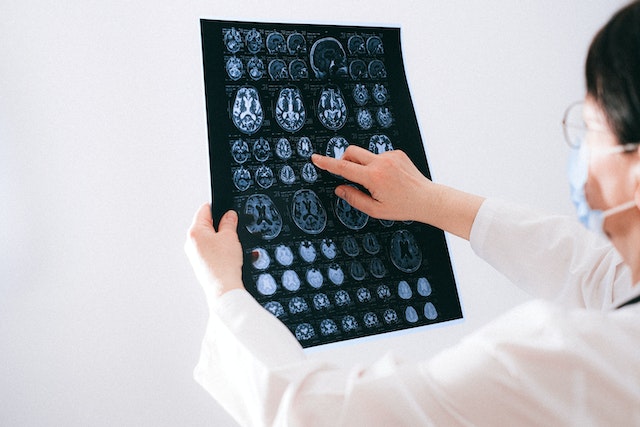Introduction: Why Radiographs Matter for Keeping Patients Safe X-rays, which are also called radiographs, are really important for dentists to help them diagnose problems. However, concerns about X-ray exposure and its potential risks often arise. It is crucial to debunk common misconceptions and shed light on the measures taken to prioritize patient safety during radiographic
Introduction: Why Radiographs Matter for Keeping Patients Safe
X-rays, which are also called radiographs, are really important for dentists to help them diagnose problems. However, concerns about X-ray exposure and its potential risks often arise. It is crucial to debunk common misconceptions and shed light on the measures taken to prioritize patient safety during radiographic imaging. This article will discuss why radiographs are important, clear up any misunderstandings about X-ray exposure, and talk about how dental practices prioritize patient safety.
X-Ray Exposure in Radiographs: Dispelling Misconceptions
Misconception 1: Radiographs carry a big risk of giving you radiation.
Fact: Dental radiographs utilize low levels of radiation, and modern techniques have significantly reduced exposure. The amount of radiation received during a dental X-ray is minimal, equivalent to or even less than what we naturally encounter in our environment on a daily basis.
“Frequent dental X-rays increase the risk of health problems.”
Fact: Dental X-rays are only taken when necessary for diagnosis, treatment planning, or monitoring oral health. To decide if X-rays are necessary, dentists have to follow some important rules and trust their own expertise. Each patient’s X-ray frequency is personalized to provide them with the least exposure and the greatest advantage.
Ensuring Patient Safety: Guidelines and precautions in radiographic imaging
Justification: Dentists are guided by the ALARA principle, which emphasizes reducing X-ray exposure to its lowest reasonable level. X-rays are only recommended when they provide essential information that cannot be obtained through a clinical examination alone.
Lead Aprons and Collars: Lead aprons and thyroid collars are given to patients during X-ray imaging to decrease the radiation exposure to other areas of their body. These protective measures guarantee that the radiation is concentrated solely on the area of focus.
Proper Technique and Equipment: Dentists and their teams receive specialized training to ensure accurate positioning and appropriate exposure settings. New X-ray machines have better technology, so they can take clear pictures and reduce radiation scatter.
Digital Imaging: Digital radiography has made patients even safer. Digital sensors in cameras require less radiation for imaging, which reduces the exposure levels for people. Furthermore, you can instantly look at digital images, which reduces the necessity of taking additional pictures and lowers radiation exposure.
Collaborative Efforts: Ways Dentists and Patients Can Ensure Radiographic Safety
Dentists play a significant role in protecting patients during radiographic imaging, and patients also have a responsibility to contribute. By having open conversations with their dentists, patients can give important details. These may include medical history, pregnancy status, or concerns regarding radiation exposure. This partnership enables dentists to gather knowledge and tailor their use of radiographic imaging accordingly.
Patients have the ability to safeguard themselves during X-ray procedures. Informing the dental team about any past X-rays or dental treatments received elsewhere can minimize unnecessary repeat imaging. Wearing the provided lead apron and thyroid collar is necessary for patients to protect themselves from radiation.
Conclusion
Radiographs play a valuable role in Dentistry by giving essential information that helps improve patient outcomes. We should have a good understanding of the truth behind X-ray exposure in radiographs and debunk any myths. Radiographic imaging gives high importance to patient safety by utilizing modern technology, following strict protocols, and working together with dentists and patients. By staying informed and actively participating in their dental care, patients can confidently embrace the benefits of radiographs for accurate diagnosis, precise treatment planning, and optimal oral health.

















Leave a Comment
Your email address will not be published. Required fields are marked with *